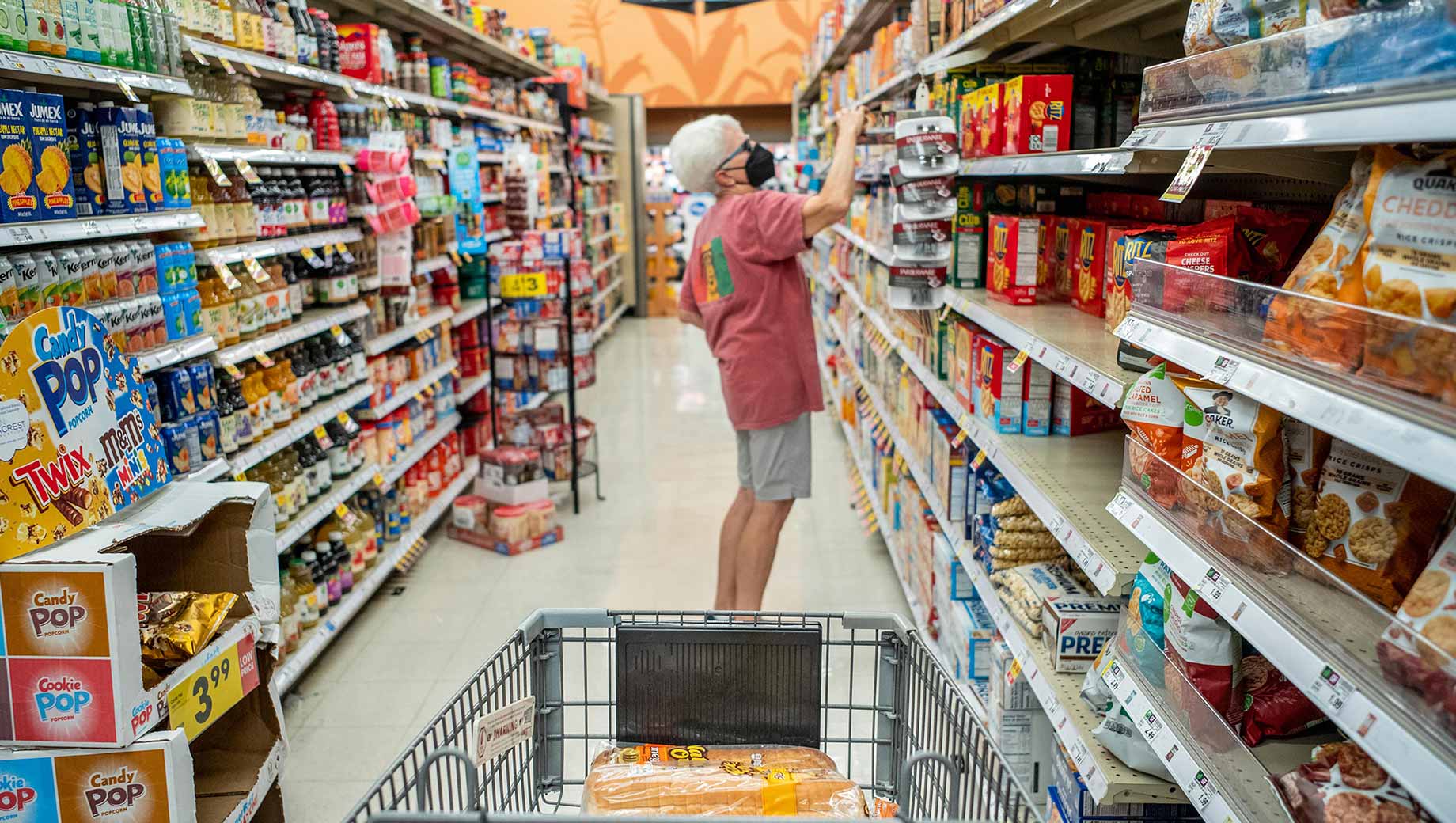Story Highlights
- In-person grocery shopping more than once a week is up six points to 37%
- Dining out monthly or more often is nine points higher since last year
- 28% order groceries online at least once a month, up five points in a year
WASHINGTON, D.C. -- The way that Americans get the food they eat continues to evolve as the frequent use of in-person grocery shopping and dining out, which both dropped last year, are now closer to their pre-pandemic levels. Meanwhile, the public's use of online grocery shopping on at least a monthly basis, which rose sharply last year, has continued to increase.
Despite this latest uptick, online grocery shopping remains much less common than in-person shopping, dining out and ordering takeout from restaurants. Meal preparation kits are used less than all other methods.
These latest findings are from a July 5-26 poll and are consistent with the pattern seen since all five measures were first tracked in Gallup's annual Consumption Habits survey in 2018. Even with last year's declines in frequent in-person shopping and dining, going to a store to get groceries has consistently been by far the most common means of getting food in the U.S.
With near unanimity, 97% of U.S. adults say they grocery shop in a store at least monthly, including 82% who do so at least once a week. Dining at a restaurant is also broadly practiced, with 83% of Americans saying they do so at least once a month, including 47% who do so at least weekly.
Ordering takeout or delivery from a restaurant, which was roughly on par with dining out last year amid surging COVID-19 infections, is essentially unchanged since 2018, with 72% of U.S. adults using this method at least monthly. Half of them do so weekly or more often.
Although far fewer Americans, 28%, report ordering groceries online for pickup or delivery at least once a month, this practice has grown in popularity. In 2017, just 9% of U.S. adults said they ordered groceries online monthly or more often.
One trend that hasn't caught on with most Americans, though, is meal preparation kits. Despite the proliferation of these kits in the U.S., just 8% of U.S. adults say they use them at least once a month, up slightly from 2018.
Habits Differ Among Americans Based on Income, Age and Parental Status
U.S. adults with an annual household income of at least $100,000 are more likely than their counterparts to go to a store to shop for groceries multiple times a week. In all, 42% of upper-income Americans, 36% of those making between $40,000 and $99,999, and 28% of those making less than $40,000 shop in person more than once a week.
Americans' frequency of dining out at a restaurant also varies by income, with 60% of upper-income, 45% of middle-income and 31% of lower-income adults saying they dine out at least once a week.
Income level is also a significant factor in how frequently Americans order takeout from a restaurant and order groceries online. Those with higher incomes do both more often than those with lower incomes.
There are also differences by age, with Americans aged 55 and older much less likely than their younger counterparts to order takeout or online groceries at least once a month. Likewise, parents of children under 18 are more likely than those without minor children to order takeout or online groceries, with parents nearly twice as likely as nonparents to order groceries online.
Bottom Line
Despite technological advances and changes resulting from the COVID-19 pandemic, most Americans continue to get their food by going to stores in person more often than any other way. And while online grocery ordering has picked up considerably in the past two years, its use lags behind restaurants -- both for dining in and takeout.
To stay up to date with the latest 优蜜传媒News insights and updates, .
Learn more about how the works.




